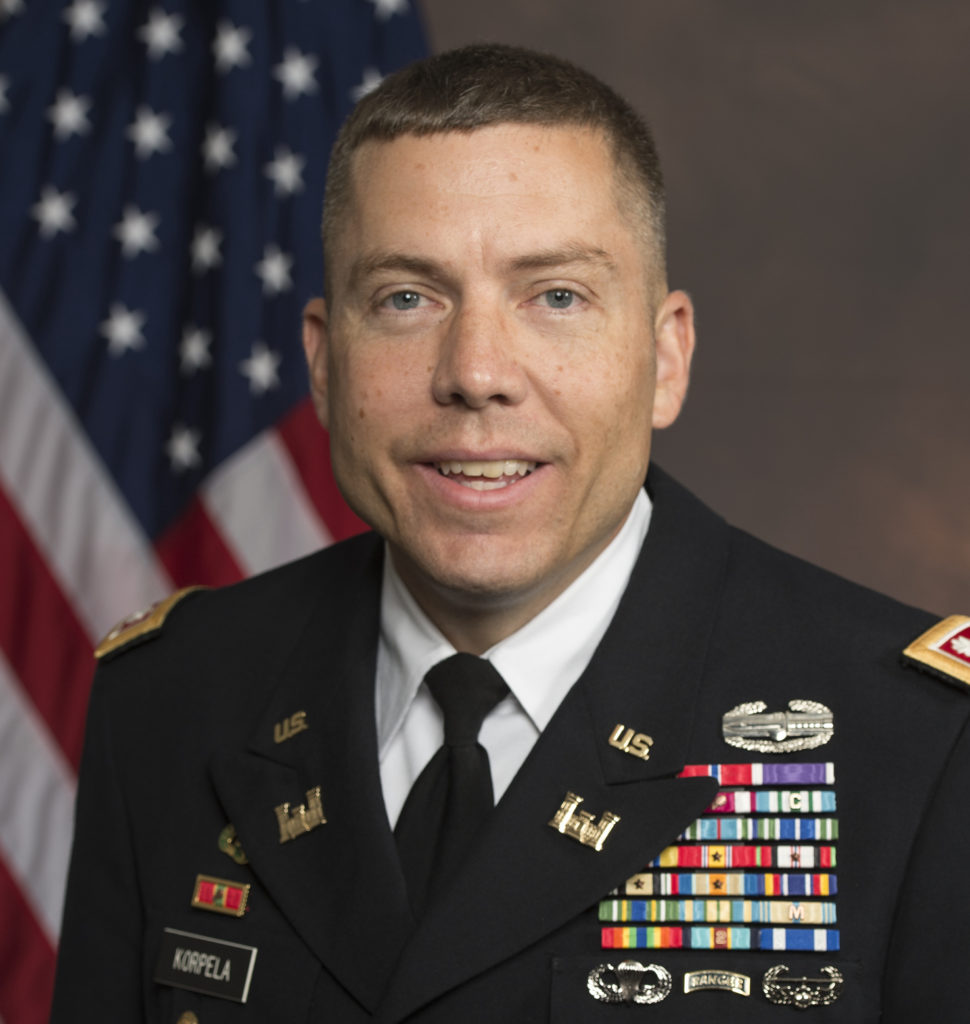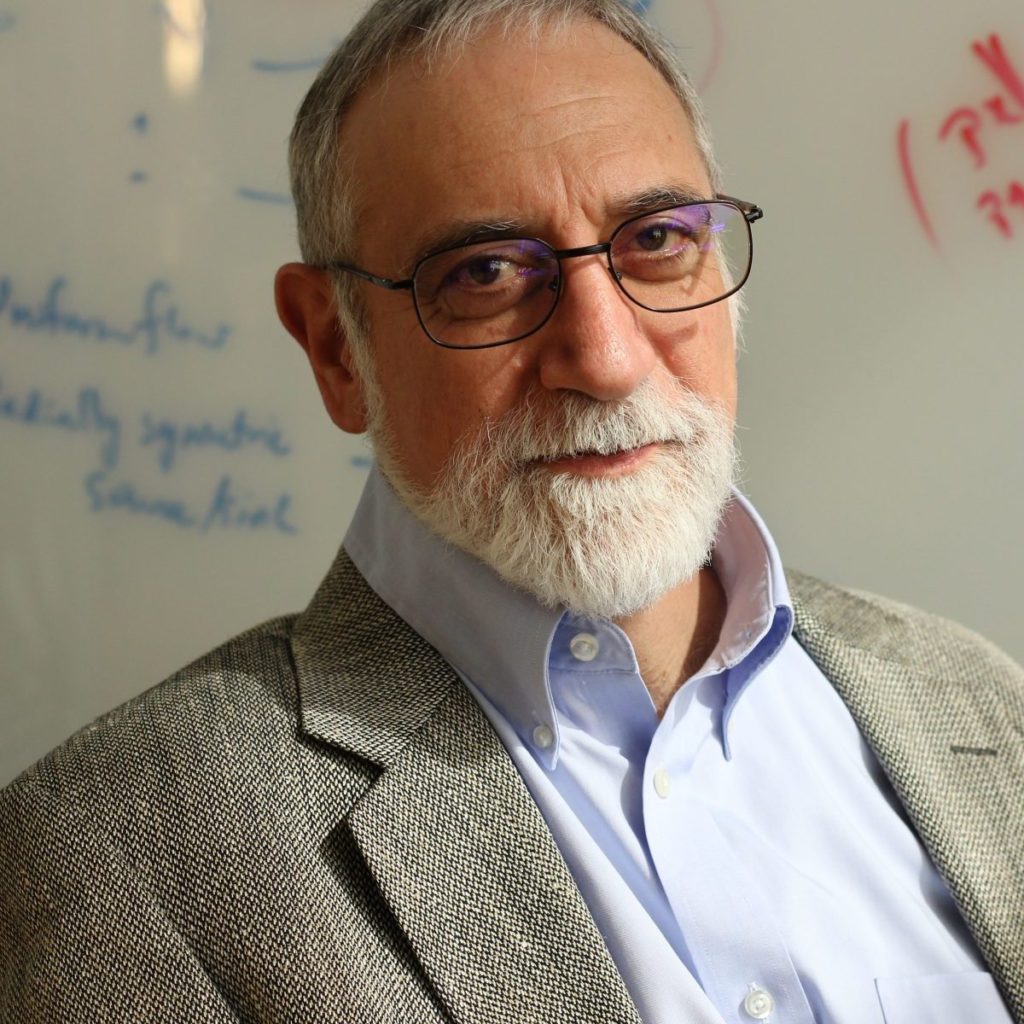TOPICS
In light of the articulation of ethical questions and challenges in Session 1, and the clarification of issues around development and testing in Session 2, the last panel asks robotics researchers, military, and industry experts for guidance in shaping a disciplinary response in robotics to ethical issues of LAWS. How should sensitivity to these issues shape research practice? Education and training? What possibilities might there be to shift funding incentives to promote the thorough integration of ethical concerns in engineering practice from conceptualization through application?
PANELISTS

Ruzena Bajcsy, GRASP Lab Founder,Professor Emerita, Electrical Engineering, and Computer Science, UC Berkeley, Member, Robotics and Automation Research and Practice Ethics Committee. “Roboticist Social Responsibility.”
In this presentation, I will take a historical perspective on the Social responsibility of the Scientific and Engineering communities and their technological achievements, and their effects on societies. I will cover mostly the 20th and 21st centuries. Firstly, I will cover the origin of the word Robot from Karel Capek, one of the early 20th century’s most versatile writers. Secondly, I will cover initial reactions of the scientific community to the explosion of the first nuclear bombs in 1945, first in New Mexico (as the test) and then in Japan which finished the second world war. Thirdly, I will show the similarity and DIFFERENCE between the technology and the world affair of today as opposed to when Capek lived (The first half of the 20th century, after the WW1), the time of the Nuclear Bomb (after the WW2) when Bertrand Russel and Einstein lived, and NOW. The profound difference is that the available technology in the 20th century and before was localized, hence the control was centralized and it was relatively easier to organize the world states to protect the world. Hence our responsibility is much bigger and more difficult.

Brendan Schulman, Vice President of Policy & Government Relations at Boston Dynamics. Weaponized Robots: Understanding the Spectrum of Risk and Fear.
The increasing capabilities of mobile ground robotics are raising new concerns about their potential for misuse. A significant focus of such discussions has been on “autonomy,” but among some constituencies, concerns about weaponized robots start at an earlier point along the spectrum of technical capabilities. Thoughtful distinctions are needed to separate science-fiction myths from legitimate ethical challenges that threaten the social acceptance and beneficial adoption of robotic innovations. This talk will examine the foundational concerns of weaponized robots, draw on industry and policy solutions for ubiquitous and accessible aerial robotics (drones), and explore some potential avenues for understanding and mitigating the risks and fears of weaponized robots.

COL Christopher Korpela, Associate Professor, Robotics Research Center Director, U.S. Military Academy, West Point. “Autonomous Rules of Engagement Escalation in Human-Robot Teams”
A future battlefield environment is likely to be characterized by great speed and precision with which hostilities are conducted. The full integration of autonomous capabilities on a large scale is essential to winning in such a battlefield environment. However, it raises legal and ethical concerns regarding the ability to properly discriminate legitimate targets from protected civilians and to reduce unintended engagements and collateral damage. This research aims to develop technological solutions to the legal and ethical issues that arise from the use of autonomous combat vehicles on the battlefield. It does so by presenting the case for autonomous rules of engagement as a technical guide to the programming of autonomous weapons systems while identifying technological challenges to be met.

Daniel E. Koditschek, GRASP Lab, Alfred Fitler Moore Professor of Electrical and Systems Engineering, University of Pennsylvania
